At the Samsung theatre (cutely named the Samsung Open Collaboration (SoC) theater) I watched a presentation by KK Lin on using DFM to bring up their 14nm and 10nm processes. And yes, they are real. Here is a picture I took of a 14nm wafer and a 10nm wafer. Samsung announced that they would ramp 10n to volume production by the end of next… Read More
 Cost, Cycle Time, and Carbon aware TCAD Development of new TechnologiesOur good friend Scotten Jones wrote a paper…Read More
Cost, Cycle Time, and Carbon aware TCAD Development of new TechnologiesOur good friend Scotten Jones wrote a paper…Read More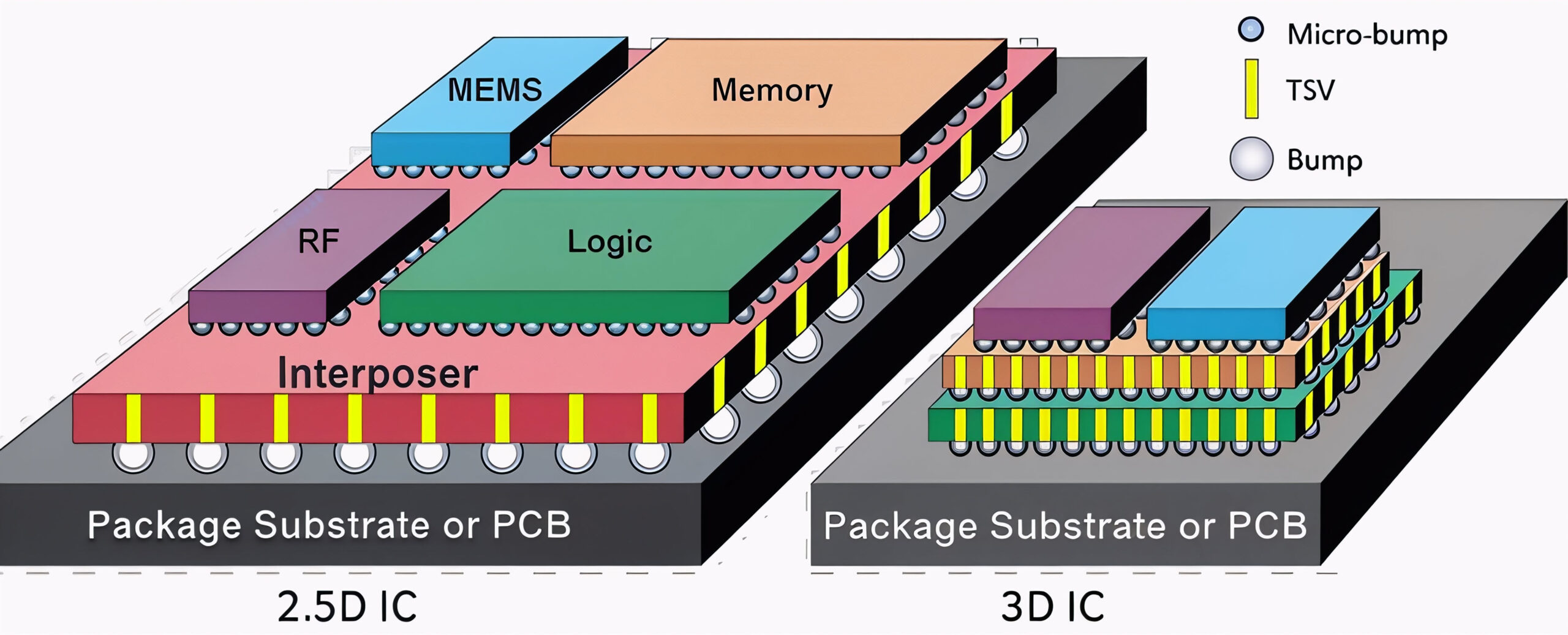 3D ESD verification: Tackling new challenges in advanced IC designBy Dina Medhat Three key takeaways 3D ICs…Read More
3D ESD verification: Tackling new challenges in advanced IC designBy Dina Medhat Three key takeaways 3D ICs…Read More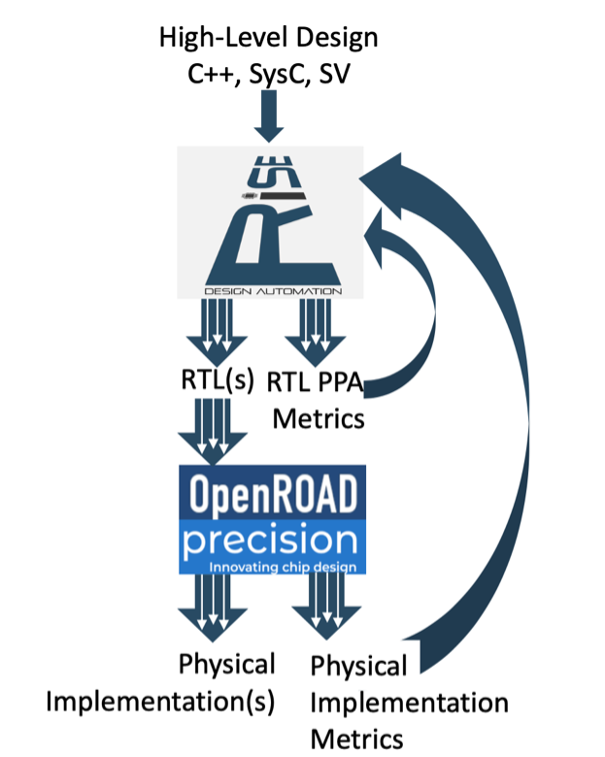 Reimagining Architectural Exploration in the Age of AIThis is not about architecting a full SoC…Read More
Reimagining Architectural Exploration in the Age of AIThis is not about architecting a full SoC…Read MoreA Closer Look at Fab Closures Around the World
Electronics is unusually an evergreen industry where companies make profit, yet end-product prices go down significantly after a brief period of price skimming. A product phases out quite fast (in case of smartphones every 1.5 to 2 years), but still yields big bucks for successful companies in its value-chain. How does this happen?… Read More
Bijan Kiani Talks Synopsys Custom Layout and More
Last week I sat down and talked to Bijan Kiani of Synopsys. He has marketing responsibility for design implementation products at Synopsys spanning digital, custom and analog mixed signal (AMS).
He was born in Iran and after high school he moved to the UK. He got his PhD degree from University of Edinburgh. It turns out that I was doing… Read More
Growth drivers shifting to emerging economies
Global real gross domestic product (GDP) growth in 2015 is expected to be 3.5%, according to the International Monetary Fund (IMF) April 2015 report. 2015 is a slight acceleration of 0.1 percentage points from 3.4% growth in 2014. The IMF projects 2016 global growth of 3.8%, an acceleration of 0.3 percentage points from 2015. The… Read More
UMC and SMIC 14nm, Too Little Too Late?
Pretty much out of nowhere UMC let fly a press release about taping out a 14nm test chip with ARM and Synopsys IP which was quickly followed by an SMIC 14nm press release about a joint venture with Huawei, Qualcomm, and imec. It caught me a bit by surprise since I spent time with both UMC and SMIC at #52DAC and nothing was mentioned. Of course… Read More
EUV: the view from imec
I’m at the 2015 imec technology forum (ITF) in Brussels the next few days. One of the presentations today was by Peter Wennink, the CEO of ASML. The thing that most interested me in his presentation is what the status of EUV is today. ASML is the only company developing EUV steppers so what they think is important. On the other … Read More
Sonics’ New NoC
Today Sonics announced the latest version of their network-on-chip (NoC) technology, SonicsGN-3.0. As with any new release there are lots of improvements that are of interest mainly to existing users, but the big area with increased capability is the expanded interleaved memory technology (IMT). This was first introduced … Read More
3 Projections About Nokia’s Smartphone Reboot
I have written a book on Nokia’s smartphone problem. The name of the book is Nokia’s Smartphone Problem: The End of an Icon? and it chronicles the Finnish company’s journey from a mobile handset maestro to a smartphone also-ran.
Nokia’s smartphone story began with the launch of the Communicator 900—arguably… Read More
Predicting Lifetime of Analog ICs
With the increase of transistors per unit area, high density interconnects and manufacturing variability at lower nodes, the electronic devices have become more vulnerable to failures. The devices that operate under extreme conditions such as automotive devices that operate at high temperatures need to be robust enough to… Read More
SEMulator3D on Silicon Cloud International
Almost exactly a year ago I wrote about Silicon Cloud International (SCI). Their mission is to help smaller countries that have targeted semiconductor design as a way to move up the technology ladder from low-cost manufacturing. Last year everything was in the future but SCI now have their first two centers up and running. The first,… Read More


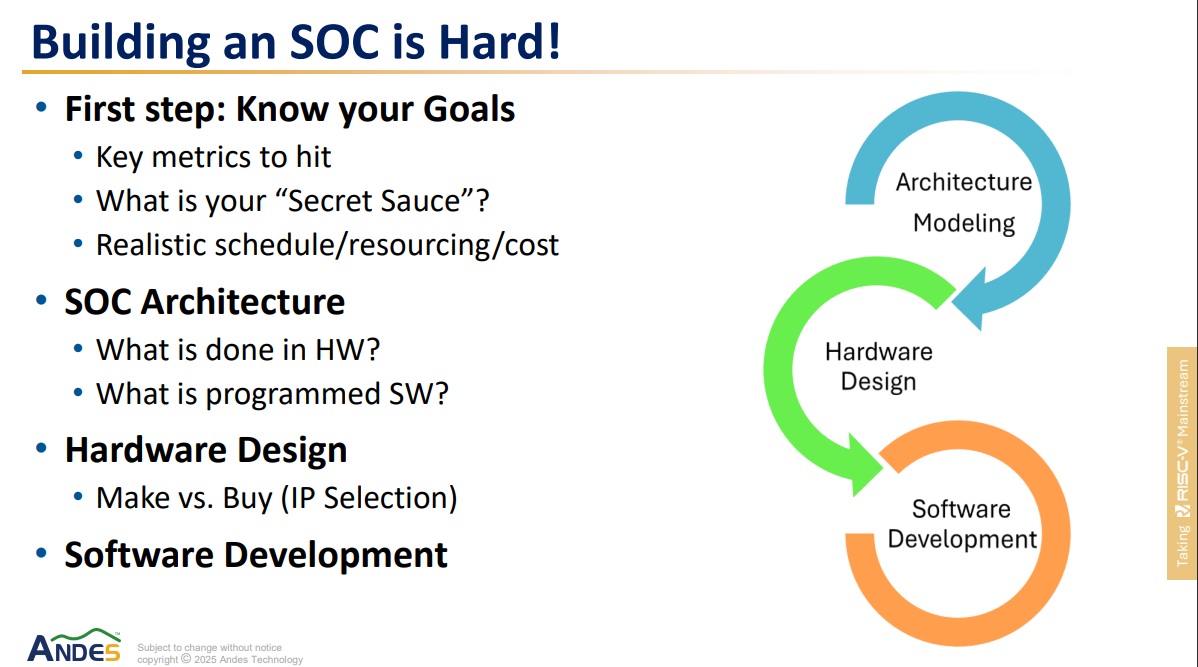

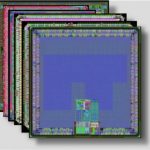

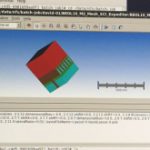
Quantum Computing Technologies and Challenges